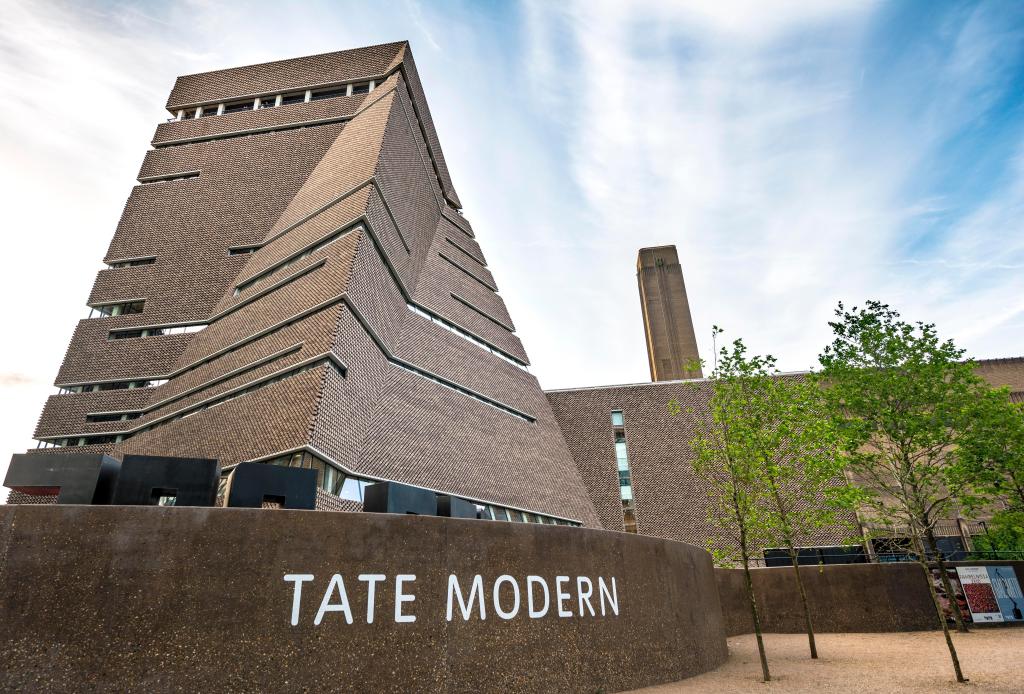[ad_1]
When news broke last week that Tate in London was hiring a coffee expert for its food division, many in the art world—and beyond—were outraged. The “head of coffee” position, which comes with £5,000 ($6,500) more per year than most curatorial jobs at the museum and involves assessing the quality of espresso, was widely decried, with critics alleging that its salary showed a lack of respect for people who organize exhibitions at one of the world’s most prestigious museums.
The blowback came swiftly, as museum baristas and hospitality workers warned others on social media not to disparage their colleagues. After all, Tate’s top coffee manager is expected to operate the museum’s four different locations while leading business development and handling sales—tasks that would earn most people six figures outside the art world bubble. Some also wondered if anyone would have noticed the job opening, had Tate listed the position with a comparable title like director of food services. “What we should take from this is not that coffee experts are paid too much but that museum professionals are paid too little,” Celeste Wong, one of London’s top baristas, wrote in a recent op-ed for the Art Newspaper.
Over the last year, questions of worth and hierarchy have preoccupied cultural institutions as employees, who consider their wages stagnant and benefits abysmal, continue to unionize. And last spring, a spreadsheet organized by the activist group Art + Museum Transparency went viral after 3,000 museum workers listed their salaries.
“This is our reality,” a spokesperson for the group told ARTnews, responding to the Tate coffee debacle. “Stories like this and the reactions to it make clear that museum workers of all stripes need to be communicating better about the conditions under which we work if we ever want to build the solidarity to change them.”
Throughout the United States, unionized museum workers have contracted for significant pay increases over the last year. Last October, the New Museum’s union arranged for an average salary increase of 8 percent for full-time employees. And in September, unionized HVAC workers at the Metropolitan Museum of Art received a 63 percent raise, boosting their pay between $45,760 to $72,800.
With a competitive global job market, museums are finding it necessary to increase wages to attract talent and convince employees to stay, especially for maintenance workers and technicians, whose positions sometimes are less competitive than curatorial ones. The same could be said for hospitality and retail positions at cultural institutions.
In a statement to ARTnews, a Tate spokesman defended the “head of coffee” position and pay. “It’s unfair to compare a head of department with a curatorial role of a different level. All Tate’s departments have a variety of roles with different responsibilities and salaries, including curatorial,” he said. “We value all our staff and strive to pay them appropriately for their work at Tate.”
But advocates looking to close the income gap in the arts say there’s no time like the present. “In a period of unprecedented economic growth, there is no acceptable explanation for this,” warned Art + Museum Transparency, looking toward the future. “As we contemplate the coming of another recession where staff will be asked once to make concessions, just as they were after 2008, the need to address entrenched low pay is dire.”
[ad_2]
Source link

